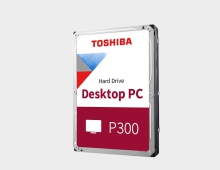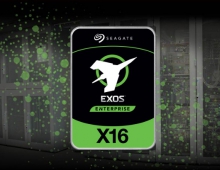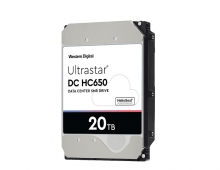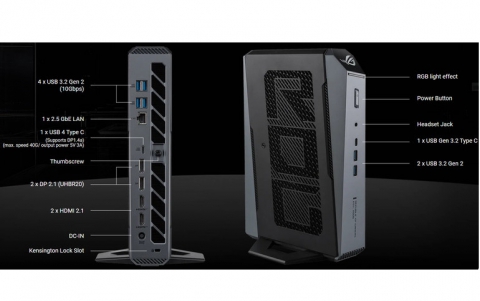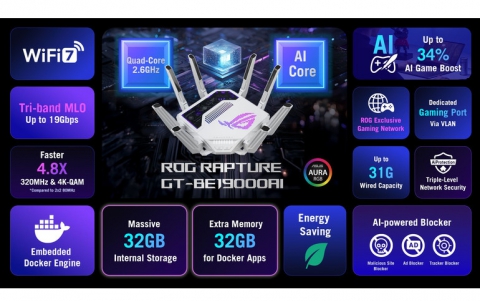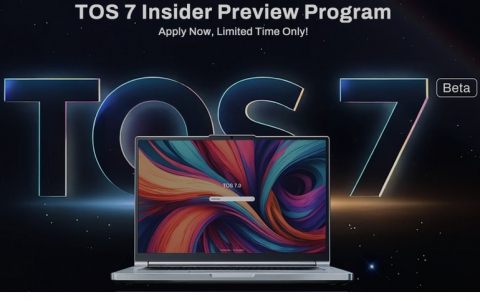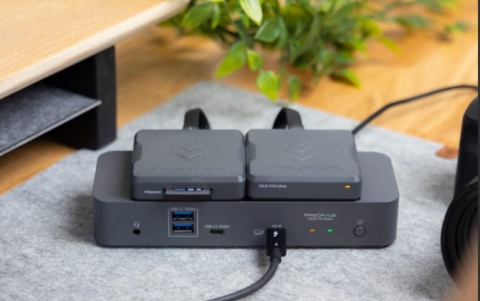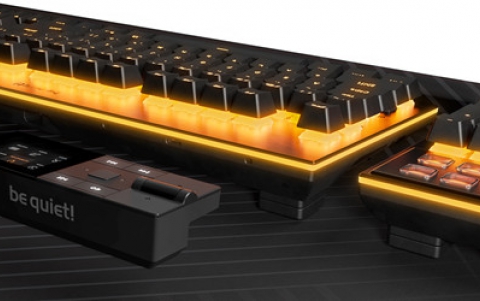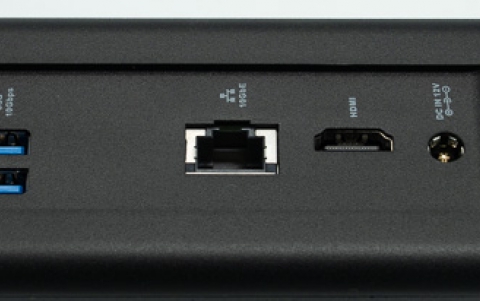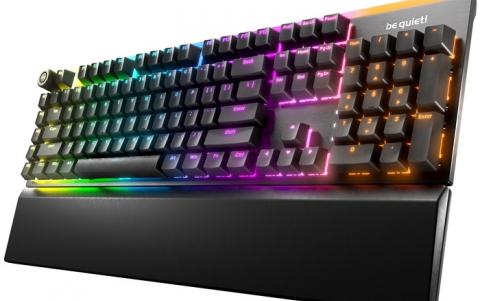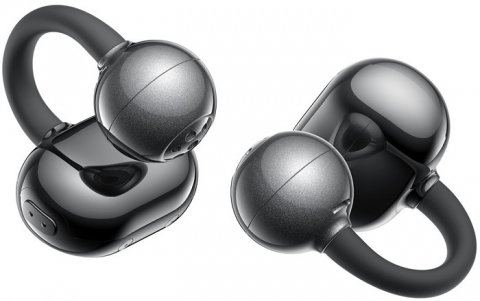
HGST To Preview 10TB HDD and NVMe-compliant SSDs
HGST will showcase its new enterprise-class 10TB HDD, and the NVMe-compliant SN100 Series PCIe SSDs at the 2015 OCP U.S. Summit. HGST's new 10TB HDD is designed for cloud-to-cold storage applications offers low $/TB and watts/TB by harnessing two complementary technologies: HelioSeal technology and host-managed Shingled Magnetic Recording (SMR).
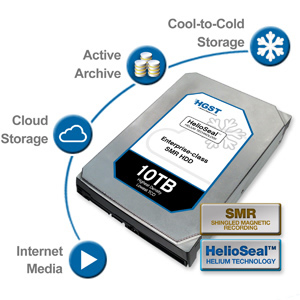 Shingled Magnetic Recording (SMR) was named after roof shingles. With SMR, relatively wide tracks are written to the disk and successively written data tracks partially overlap the previous ones, similar to the manner roof shingles are applied.
Shingled Magnetic Recording (SMR) was named after roof shingles. With SMR, relatively wide tracks are written to the disk and successively written data tracks partially overlap the previous ones, similar to the manner roof shingles are applied.
A key component of increasing data density in HDDs is making thinner data tracks and packing them closer together.
Writing narrower tracks has always meant narrowing the width of the poles of a tiny magnet on the read/write head. When energized, a magnetic field emanating from the poles writes and erases data by flipping the magnetization of small regions, called bits, on the spinning disk directly below. But narrowing the poles also reduces the strength of the writing magnetic field, so they can’t be shrunk to the point where the field can’t flip a bit’s magnetization.
One way to get the data-density benefit of narrower tracks without actually writing them is to write relatively wide tracks that partially overlap the previous ones. This technique is called shingled magnetic recording (SMR) because successively written data tracks overlap in a manner similar to roof shingles.
In practice, SMR’s overlapping tracks are best suited for continuous writing/erasing rather than small random-access updates.
The new HDD is sealed and contain helium, rather than ordinary air. Because helium has one-seventh the density of air, reduced friction from the spinning disks lowers the electrical power consumed by the HDD’s motor. It also enables more disks to be packed closer together and allows data tracks to be spaced closer together on each platter, both of which increase a drive’s data-storage capacity. Helium HDDs also run quieter and cooler, requiring less external cooling.
HGST says that its patented HelioSeal hermetic seal technology prevents helium from escaping from the HDD and is compatible with high-volume manufacturing. This durable seal also permits their use with new immersion cooling systems, a new data center cooling technology. Conventional air-filled HDDs, which must "breathe" to accommodate changes in air pressure, cannot be immersed in any cooling liquid.
Future HDD improvements, such as heat- or microwave-assisted magnetic recording, are also compatible with HGST’s helium technology.
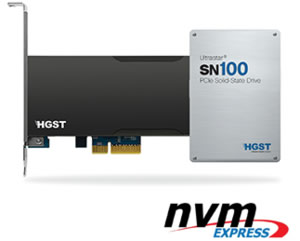 To further accelerate innovation for server-side Flash solutions in what can be a slow industry standardization process, HGST's new Ultrastar SN100 Series PCIe SSDs are implementing NVMe-compatible extensions. These extensions will deliver new levels of application integration by enabling value-add software layers to interface with the PCIe SSD’s NAND Flash management. HGST says that the resulting device affinity optimizations across software and the Ultrastar SN100 Series PCIe SSDs will unlock up to 2X performance and 2X endurance improvements for solutions like HA clustering and caching.
To further accelerate innovation for server-side Flash solutions in what can be a slow industry standardization process, HGST's new Ultrastar SN100 Series PCIe SSDs are implementing NVMe-compatible extensions. These extensions will deliver new levels of application integration by enabling value-add software layers to interface with the PCIe SSD’s NAND Flash management. HGST says that the resulting device affinity optimizations across software and the Ultrastar SN100 Series PCIe SSDs will unlock up to 2X performance and 2X endurance improvements for solutions like HA clustering and caching.
HGST’s Ultrastar SN100 Series are sampling now and will be offered as a HH-HL add-in card, as well as the 2.5-inch drive, with capacities up to 3.2TB.
The 2015 OCP U.S. Summit will be held March 9-11, 2015, at
San Jose Convention Center, Calif.

